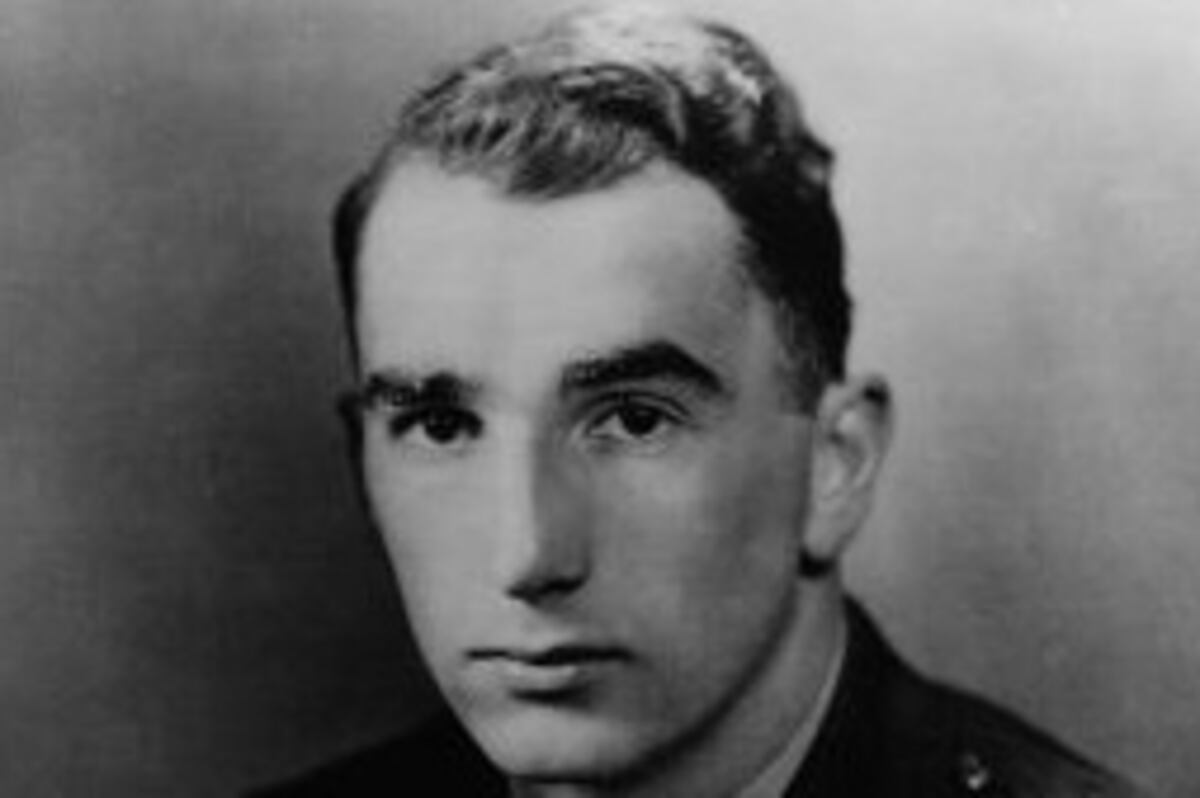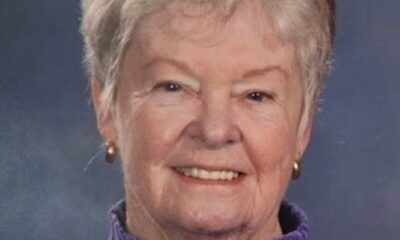World
Korean War Hero John Koelsch: First Helicopter Pilot Awarded Medal of Honor

The legacy of John Koelsch, a pioneering aviator from the Korean War, is etched in history as he became the first helicopter pilot to receive the Medal of Honor. His bravery on July 3, 1951, during a rescue mission deep within enemy territory exemplified the courage and sacrifice of those who served in the conflict.
The helicopter Koelsch piloted, the Sikorsky S-61, was a significant advancement over its predecessor, the Sikorsky R-4, which had been the first helicopter used in combat during World War II. The S-61, introduced in 1946, demonstrated its capabilities during the Korean War, a conflict that began with North Korea’s invasion of the South on June 25, 1950.
Born on December 22, 1923, in London, England, Koelsch moved to the United States with his family when he was just one year old. Settling in Briarcliff Manor, New York, he began his studies at Princeton University in 1941. However, the onset of World War II led him to enlist in the United States Naval Reserve on September 14, 1942, where he began his aviation career. He received his commission as an ensign on October 23, 1944, serving in the Pacific theater flying TBM Avengers.
After the war, Koelsch returned to Princeton and completed his education in 1949, initially pursuing a career in law. The outbreak of the Korean War prompted him to apply for active duty, transitioning from fixed-wing aircraft to helicopters.
While stationed aboard the USS Princeton, Koelsch earned a reputation for his daring rescues and innovative solutions to challenges faced during the harsh Korean winters. According to the Department of Defense, he developed a floating sling hoist that proved crucial during a mission that would ultimately lead to his Medal of Honor.
On that fateful day in July, Koelsch received urgent news that Marine Captain James V. Wilkins had been shot down near enemy territory. With no fighter escort and under heavy enemy fire, Koelsch and his crewmate, Petty Officer 3rd Class George Neal, bravely navigated their helicopter into perilous conditions to execute the rescue.
Despite the overcast skies and intense ground fire, the pair located Wilkins, who was suffering from severe burns and injuries. In a harrowing moment, Neal descended on the rescue device to retrieve Wilkins, exposing himself to enemy fire. Tragically, as they attempted to lift off, their helicopter was struck, resulting in a crash on a mountaintop. Fortunately, neither Koelsch nor Neal sustained serious injuries.
For the next nine days, Koelsch tended to Wilkins’ wounds with limited resources until they were captured by North Korean forces. Koelsch’s ability to communicate with one of his captors allowed him to secure medical attention for Wilkins, despite the harsh treatment he and Neal faced during their imprisonment. Neither man revealed any information during their interrogations.
Following the armistice signing at Panmunjom on July 27, 1953, Neal and Wilkins were among the surviving UN prisoners released, but Koelsch was not. Official records indicate that he succumbed to malnutrition and dysentery on October 16, 1951, while still in captivity.
In recognition of his extraordinary valor, Koelsch was posthumously awarded the Medal of Honor on August 3, 1955, making him the first helicopter pilot to receive this prestigious honor. He also received the Purple Heart and the POW Medal. His name was later memorialized on the USS Koelsch (DE-1049), a destroyer escort that was redesignated as a missile frigate in 1975.
George Neal, who served alongside Koelsch and was one of the first Black helicopter crewmen in the Navy, received the Navy Cross for his bravery. Neal passed away on December 1, 2016, at the age of 86. Both he and Koelsch are interred at Arlington National Cemetery, where their sacrifices continue to be honored.
The story of John Koelsch serves as a powerful reminder of the courage and dedication exhibited by those who serve in the armed forces, particularly in challenging and dangerous conditions. His legacy as a pioneer in helicopter aviation and a hero in the face of adversity remains an inspiration today.
-

 Politics3 weeks ago
Politics3 weeks agoHamas Chief Stresses Disarmament Tied to Occupation’s End
-

 Science2 weeks ago
Science2 weeks agoOhio State Study Uncovers Brain Connectivity and Function Links
-

 Entertainment2 weeks ago
Entertainment2 weeks agoMegan Thee Stallion Exposes Alleged Online Attack by Bots
-

 Science4 weeks ago
Science4 weeks agoResearchers Challenge 200-Year-Old Physics Principle with Atomic Engines
-

 Entertainment2 weeks ago
Entertainment2 weeks agoPaloma Elsesser Shines at LA Event with Iconic Slicked-Back Bun
-

 World2 weeks ago
World2 weeks agoFDA Unveils Plan to Cut Drug Prices and Boost Biosimilars
-

 Top Stories3 weeks ago
Top Stories3 weeks agoFederal Agents Detain Driver in Addison; Protests Erupt Immediately
-

 Business2 weeks ago
Business2 weeks agoMotley Fool Wealth Management Reduces Medtronic Holdings by 14.7%
-

 Business2 weeks ago
Business2 weeks agoHome Depot Slashes Prices on Halloween Favorites Up to 75%
-

 Entertainment2 weeks ago
Entertainment2 weeks agoBeloved Artist and Community Leader Gloria Rosencrants Passes Away
-

 Top Stories3 weeks ago
Top Stories3 weeks agoOrioles Hire Craig Albernaz as New Manager Amid Rebuild
-

 Entertainment3 weeks ago
Entertainment3 weeks agoSyracuse Stage Delivers Lively Adaptation of ‘The 39 Steps’









